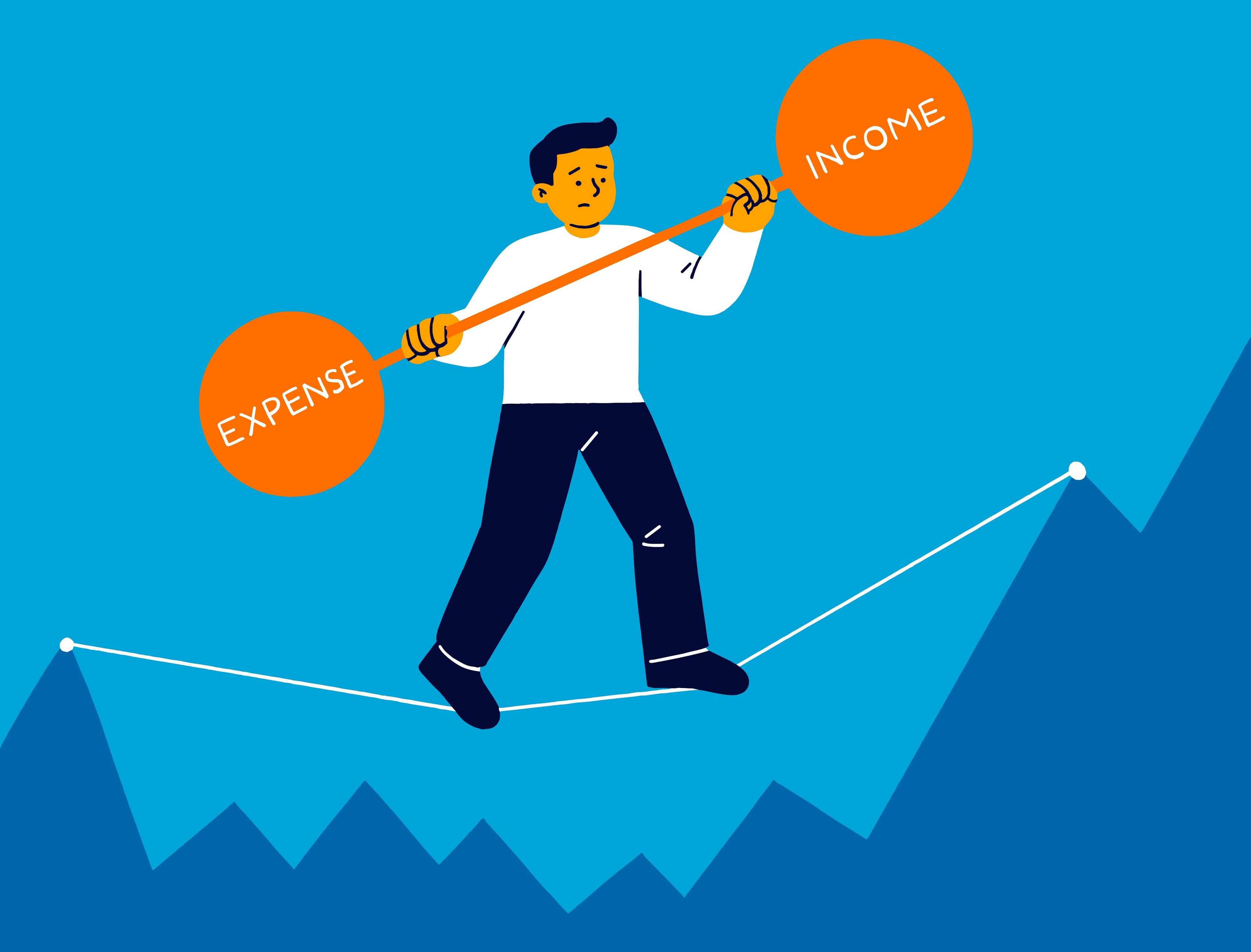Housing in America has quietly transformed from a predictable line item in the family budget into one of the most volatile risks that households must manage. Prices did not simply climb in a slow and steady way. They accelerated during the pandemic, ran into sharp interest rate increases, and collided with years of underbuilding in many regions. For many renters and potential buyers, this has created a sense that the ground is moving beneath their feet. Housing is no longer just about choosing a neighborhood or deciding between renting and buying. It has become a central question of financial survival and long term resilience.
Preparing financially for this environment requires a shift in mindset. In the past, many people treated housing as a backdrop. Rent or mortgage payments were part of life, but the real focus went to other goals like investing, travel, or career moves. Today, housing itself sits at the center of the financial plan. Instead of asking whether a payment is affordable right now, the sharper question is how much volatility your income, savings, and debt can absorb if rents jump or mortgage costs move against you. That change in framing is subtle, but it reshapes nearly every decision that follows.
A practical starting point is to recognize housing as a specific risk that deserves its own buffer. Most personal finance advice emphasizes an emergency fund that covers several months of general expenses. In an era of rising housing costs, it becomes useful to carve out a dedicated housing reserve. This is a separate pool of savings that exists solely to protect your ability to keep a roof over your head if the landlord pushes through a steep rent increase, if a lease renewal falls through, or if a refinance fails at the last moment. Treating this reserve as untouchable in daily life may feel restrictive, but the payoff is time and bargaining power when conditions suddenly shift.
For would be homeowners, the traditional instruction was to aim for the largest mortgage the bank would approve, on the theory that a bigger home and a larger asset would translate into more wealth in the long run. In a world where interest rates can move noticeably in a short period and where many properties are already priced at lofty levels, this rule of thumb is no longer safe. A more disciplined approach is to begin with the monthly payment that still leaves room for savings, debt reduction, and some margin of comfort even in a tougher year. Once that ceiling is defined, you work backward to calculate the maximum loan that fits within it. From there, you test the scenario again. What happens if property taxes rise faster than expected, if homeowner association fees increase, or if you cannot refinance at a lower rate in the future. Buyers who confront these questions before they sign are less likely to find themselves locked into a payment that leaves them financially trapped.
Location now plays an even more decisive role in financial planning. National statistics give the impression of a single housing market, but the reality on the ground is one of sharp divergence. Some regions in the Midwest and parts of the Sun Belt still offer relatively accessible prices and more modest rent increases. Coastal hubs and superstar cities often combine high housing costs with job markets that are vulnerable to industry shifts and layoffs. Preparing financially in this context includes thinking about geographic flexibility. If your skills can travel, keeping yourself open to roles in lower cost regions, or to remote work arrangements that allow you to earn a big city income while living in a more affordable area, becomes an explicit strategy rather than a distant fantasy. For some households, this form of geographic arbitrage can do more to stabilize housing costs than any budgeting tactic.
Time horizon is another dimension that has changed. Older narratives often assumed that a home purchase was a very long term commitment. You would stay in the property for decades, gradually pay down the mortgage, and benefit from appreciation along the way. Today, careers shift more frequently, remote work opens and closes, and climate risks add new uncertainties to specific regions. Treating a home as a medium term position rather than a permanent anchor leads to different choices. Buyers may favor properties with broad market appeal rather than highly customized layouts. They may pay closer attention to local schools, transport, and zoning rules, not only for lifestyle reasons but because these fundamentals influence how easy it will be to sell if a move becomes necessary. This mindset does not guarantee a profit, but it reduces the chance of being stuck in a home that is hard to exit without a loss.
Rising housing costs also expose how fragile a household can be when everything depends on one paycheck. When a single income has to cover rent or mortgage payments, childcare, healthcare, and debt obligations, a sudden jump in housing eats into every other category at once. One way to prepare is to invest in at least one secondary income stream that does not rise or fall with the same employer or the same industry. This does not mean overloading your schedule with every possible side gig. It means deliberately developing skills that can be used in multiple forms of paid work, such as freelance projects, contract assignments, or teaching. Having a second line of income, even if it is modest at first, turns housing shocks from immediate crises into events that can be managed.
The structure of your other debts is just as important as income. High interest credit card balances, buy now pay later installments, and car loans all compete for space in the monthly budget. When housing becomes more expensive, these other obligations can quickly make the situation unmanageable. Preparing for rising housing costs includes cleaning up this side of your balance sheet. That might involve consolidating credit card debt into a lower rate loan, lengthening the repayment period on certain obligations to create breathing room in each month, and being disciplined about not taking on new fixed payments for non essential items. The aim is not to eliminate all borrowing, but to align your liabilities so that housing has enough room without constant strain.
Insurance, often treated as a formality, deserves a more careful review in this environment. Many renters skip insurance, assuming that their possessions are not valuable enough to justify the premium. Yet a relatively small renters policy can protect against events such as fire or certain types of water damage that might otherwise force you to replace essentials out of pocket or move abruptly. For homeowners, the issue is not only whether coverage exists, but whether it matches the emerging risks in the area. In some states, premiums for flood, wildfire, or hurricane coverage have climbed sharply or become harder to obtain. If you ignore these trends, you may be relying on savings and credit to cover potential housing losses that are simply too large for any realistic plan to handle.
Employers and local governments also influence the financial equation, even if they are not always visible in personal plans. Some companies are starting to offer housing stipends, relocation support, or structured remote arrangements that take cost of living differences into account. Cities experiment with incentives to attract residents or specific types of workers. For individuals, this means that compensation is no longer just about base salary and bonus. It includes the housing support, flexibility, and location options that come with the role. A job with slightly lower pay but a strong remote policy or a relocation package to a more affordable city may leave you in a healthier financial position than a higher paying role that locks you into a very expensive metro without support.
Underlying all of this is a deeper shift in the story Americans tell themselves about housing. Homeownership has long been described as a milestone of adulthood and a primary engine of wealth. Rising costs, greater volatility, and uneven regional dynamics make that story more complicated. In some markets, buying still works very well as a way to build equity and protect against rent inflation. In others, prices have run so far ahead of incomes that renting while investing the difference in diversified assets can be a more rational choice. Preparing financially for skyrocketing housing costs therefore means letting go of rigid rules about what housing ought to look like at a certain age or career stage, and instead building a structure that your own balance sheet can sustain across a range of future scenarios.
No household can fully offset the broader structural issues at play. Zoning rules, construction costs, investor behavior, and central bank decisions all play a role in shaping the market, and individuals have limited influence over these forces. However, by treating housing as a central financial risk, by building targeted buffers, by maintaining flexibility in location and income, and by simplifying the rest of the debt picture, families can improve their odds of staying stable in a turbulent landscape. In that sense, preparing for high housing costs is less about guessing what prices or rates will do next and more about designing a financial life that remains viable even when those variables refuse to cooperate.














